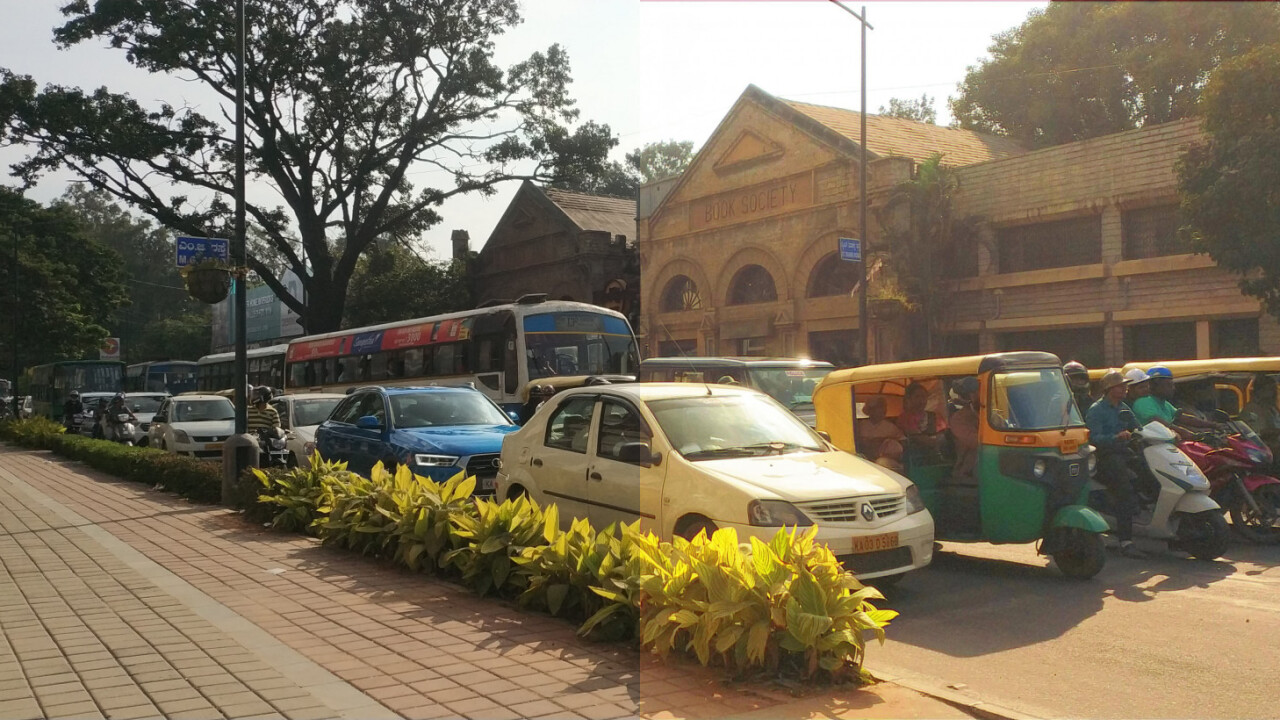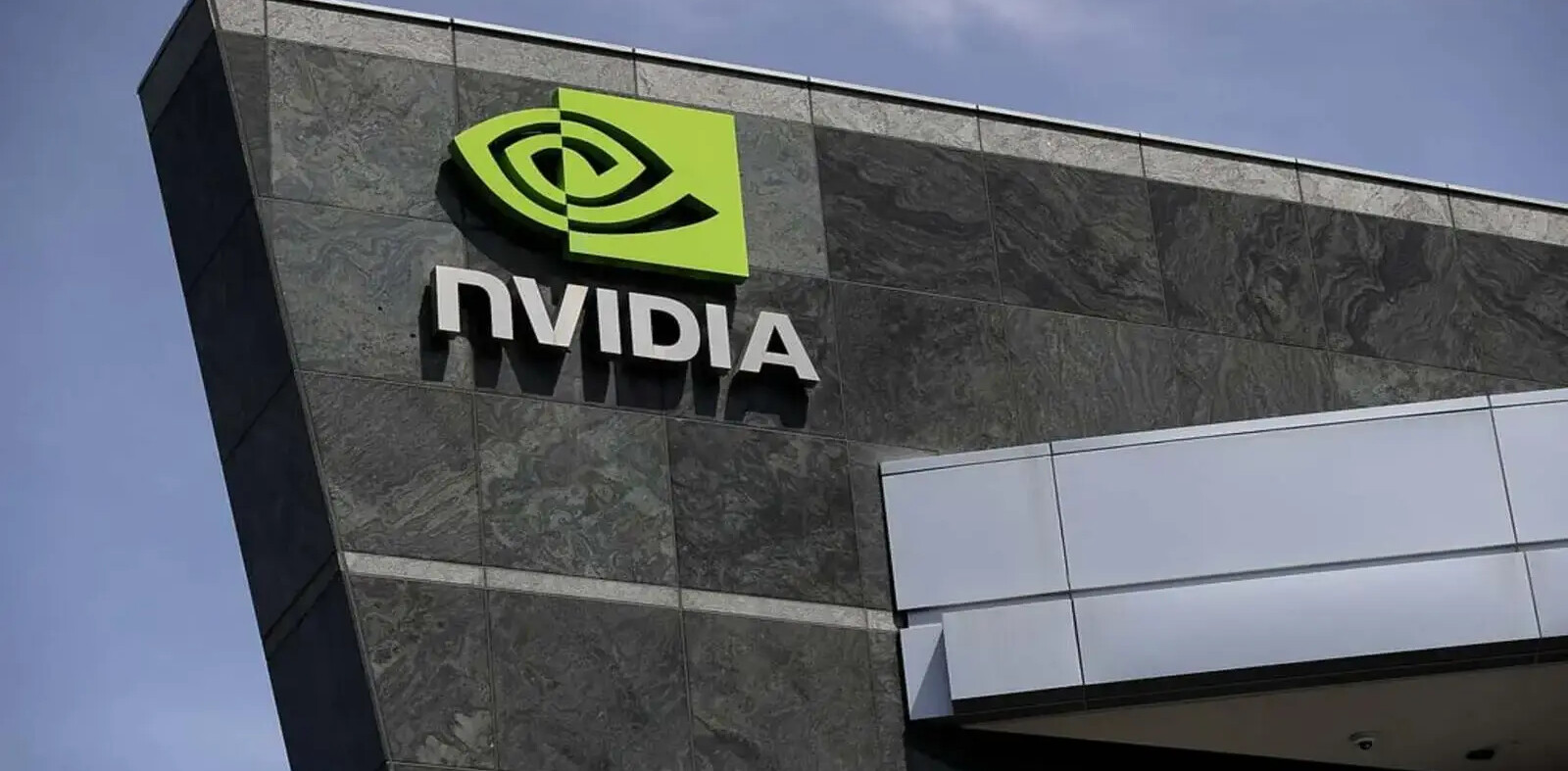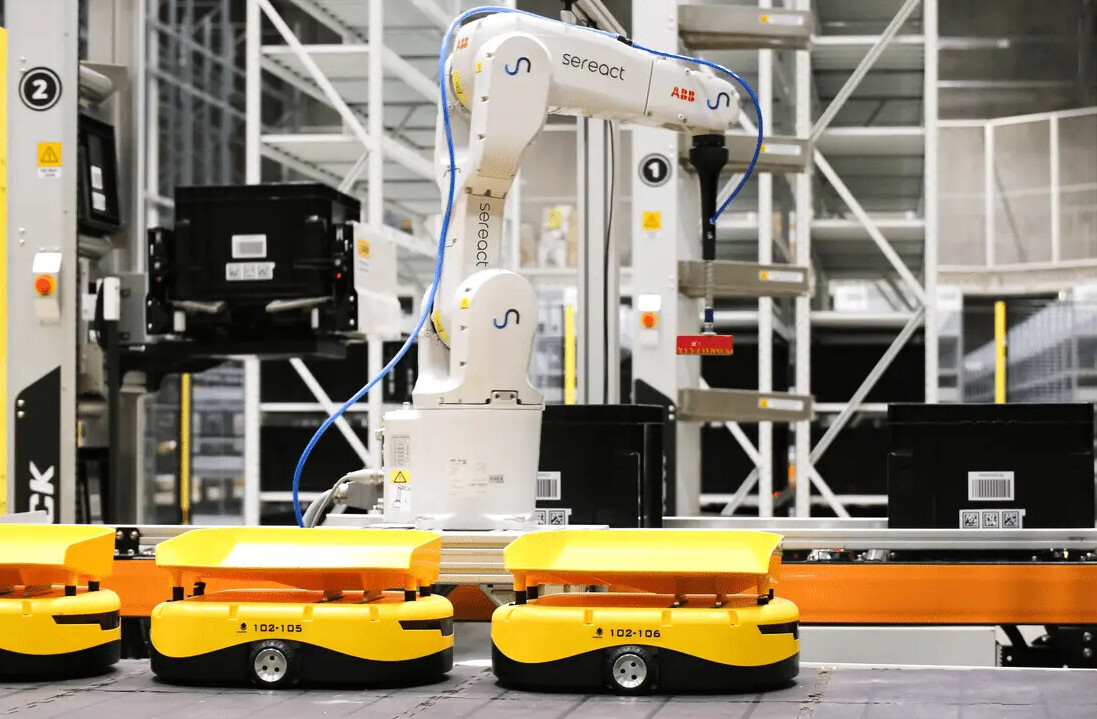
Scientists at the ETH Zurich university have trained an AI to improve on photos taken with any phone camera, with a goal of attaining DSLR-quality output. The project uses a simple training method in which the AI looks at the same picture shot using a DSLR camera and a phone camera, and applies an effect to the phone camera photo for better results.
You can see the results on one of my pictures above (enhanced on the right), try it on this page, and read the research paper here.
That sounds like a dream, but unfortunately, it’s little more than a fantasy. The AI does boost color, saturation and highlights so you generally get more pleasing pictures, but the effect isn’t drastically different from what you’d get hitting the auto-adjust setting in your phone’s camera or photo gallery app. More importantly, the fidelity of the image (and the detail at full resolution) is unsurprisingly still just as flawed as the picture straight out of my phone camera.
So, just how far off are we from getting DSLR-quality pictures from our phones? A fair bit – and that’s not entirely a bad thing.
As our own Napier Lopez explained in a recent post, DSLRs have much larger sensors with which to capture light and color data to turn into photographs. That, along with dedicated image processing chips, is what helps these larger cameras output pictures with more detail and more accurate colors, and also perform better when it comes to metering in challenging lighting conditions.
There isn’t yet a substitute for this: as long as you’re using a small sensor, your pictures can only get so good. AI can certainly help with a fair number of things, like determining the ideal manual settings for a particular type of scene (night, food, and so on), post-processing, and even cropping for better compositions – but if you’re going to compete with a DSLR, you’ll want to get better files to work with in the first place.
For some purposes, this argument doesn’t matter – for example, when sharing pictures on social media and enjoying them on mobile devices, a phone with a decent camera is more than enough for most people.
Next, phone cameras are constantly getting better – since 2015, Apple has been promoting its handsets with billboards featuring photos shot on the iPhone 6 and newer models. And on a visit to Huawei’s R&D facility last month, I was blown away by the high dynamic range in monochrome mode on its P10 and Mate 9 phones from 2016 (see an example photo below); the next model is slated to be even better.
As far as shooting professionally goes, there are things you simply can’t achieve with a phone that you can with a DSLR, no matter how hard you try. Shooting wildlife or in the studio with synced lights etc. But those use cases don’t apply to most folks. And personally, I’ve often ditched my DSLR in favor of the camera I have on me already – my phone – while traveling, simply because it’s far more convenient than dealing with a bulkier device on the go.
So while DSLR-quality pictures may not yet be a click away on your phone, hardware makers are working to improve their devices in the fields that matter to most people – suggesting appropriate settings, increasing dynamic range, performing automatic edits, developing dual-camera systems for more depth of field, and selecting the best frame out of a burst of shots, all for better results.
As a result, we’re seeing better performance on mobile cameras across every price point, rather than merely inching closer to DSLR-like quality on a couple of devices. If phone makers were serious about competing with larger cameras, they’d have to level the playing field by drastically increasing the size and quality of the imaging components inside their devices.
That’s not going to happen anytime soon, and if they’re looking to software to bridge the gap, they’ll need to train an AI to accurately synthesize detail and lighting information that’s simply not present in phone camera photos. I can’t wait for the time when I can write about technology disproving this entire piece – but right now, it feels like we’re miles away.
Get the TNW newsletter
Get the most important tech news in your inbox each week.




